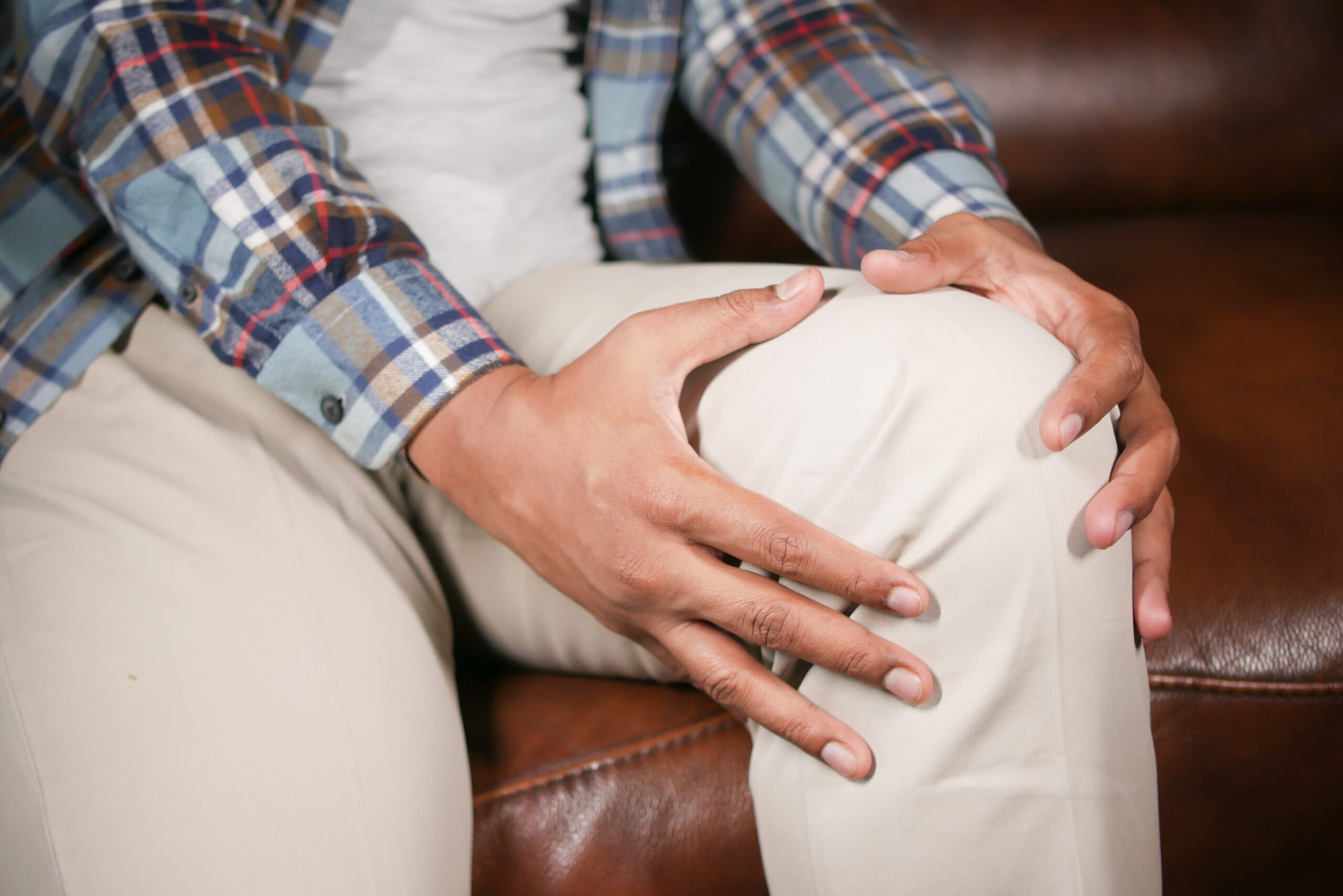Physiotherapy for Elderly – Benefits
As we age, our bodies go through a variety of changes that can impact our mobility and overall physical health. Seniors may experience a decline in muscle mass and bone density, joint stiffness, and a higher risk of falls and injuries. However, physiotherapy for elderly can be an effective way to manage these changes and maintain independence and quality of life. In this blog post, we will explore the benefits of physiotherapy for seniors and how it can help them stay healthy, active, and independent.
Improved Mobility and Balance
One of the primary goals of physiotherapy for elderly is to improve mobility and balance. A physiotherapist can assess your current level of mobility and identify areas that may need improvement. They can design a personalized exercise program to improve strength, flexibility, and balance. These exercises can include activities like walking, cycling, and resistance training. Thiscan help seniors maintain their strength and balance and reduce the risk of falls.
Pain Management
As we age, we may be more prone to developing chronic pain, particularly in the joints and muscles. Physiotherapy can help manage this pain. Thica is possible by identifying the root cause and addressing it through targeted exercises, manual therapy, and other techniques. For example, a physiotherapist may use heat or cold therapy, massage, or ultrasound to alleviate pain and reduce inflammation.
Recovery from Surgery or Injury
Seniors may also be more susceptible to injuries and surgeries, such as hip replacements or knee surgery. Physiotherapy for elderly can help with recovery from these procedures by designing a rehabilitation program tailored to your specific needs. This program may include exercises to improve mobility and strength, as well as manual therapy to reduce pain and inflammation.
Fall Prevention
Falls are a significant concern for seniors, as they can lead to serious injuries such as fractures and head trauma. Physiotherapy can play an important role in fall prevention. Thica can be done by identifying areas of weakness and designing exercises to improve balance and coordination. A physiotherapist may also suggest modifications to the home environment.Examples of these are removing tripping hazards or installing grab bars, to reduce the risk of falls.
Improved Overall Health
In addition to the specific benefits outlined above, physiotherapy can also have a positive impact on overall health for seniors. Regular exercise can help reduce the risk of chronic diseases such as heart disease, stroke, and diabetes. Physiotherapy can also improve mental health by reducing stress and anxiety and increasing feelings of well-being and confidence.
In conclusion, physiotherapy can be a valuable tool for seniors looking to maintain their mobility, independence, and overall health. If you’re a senior looking to explore the benefits of physiotherapy please get in touch with Tvastacare Physiotherapy by booking appointment.





